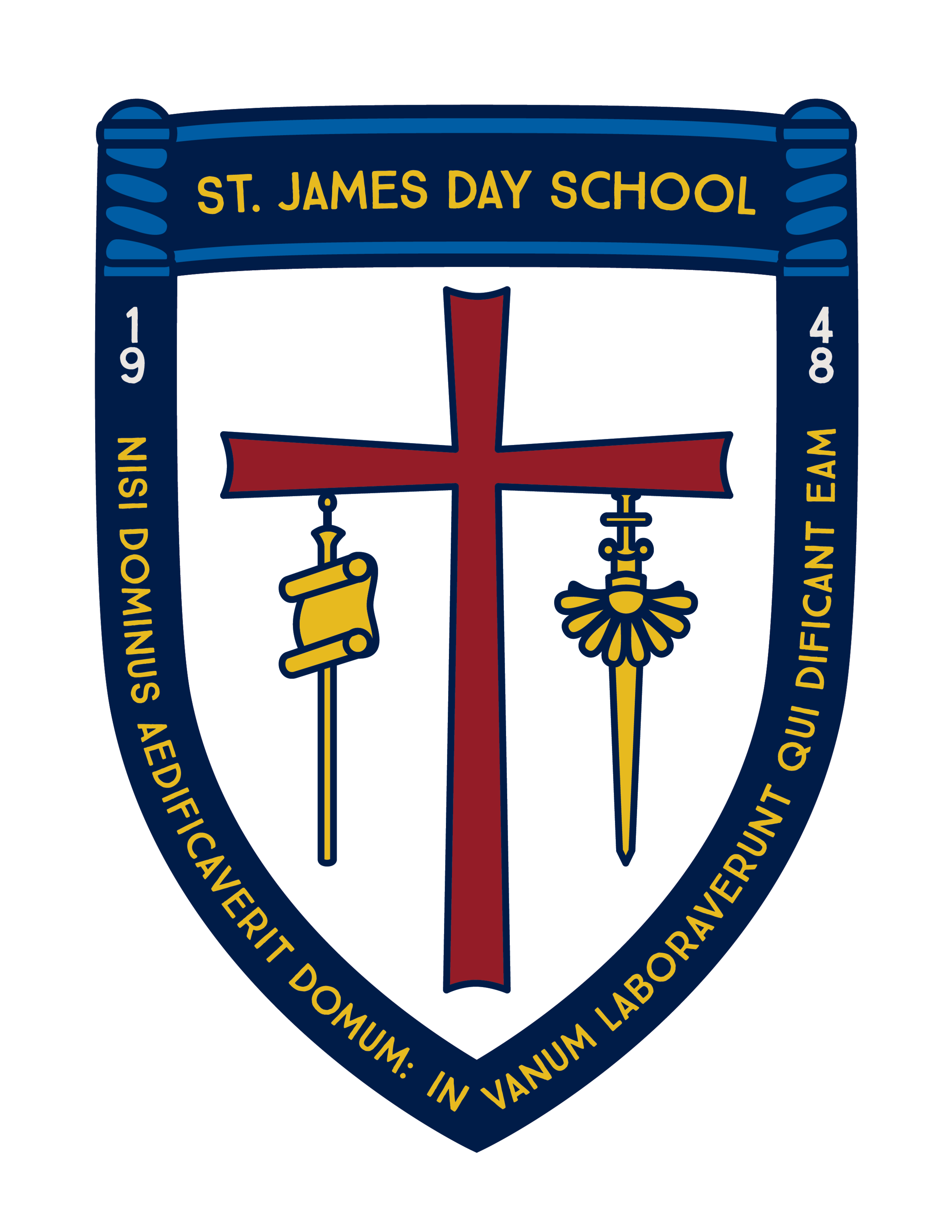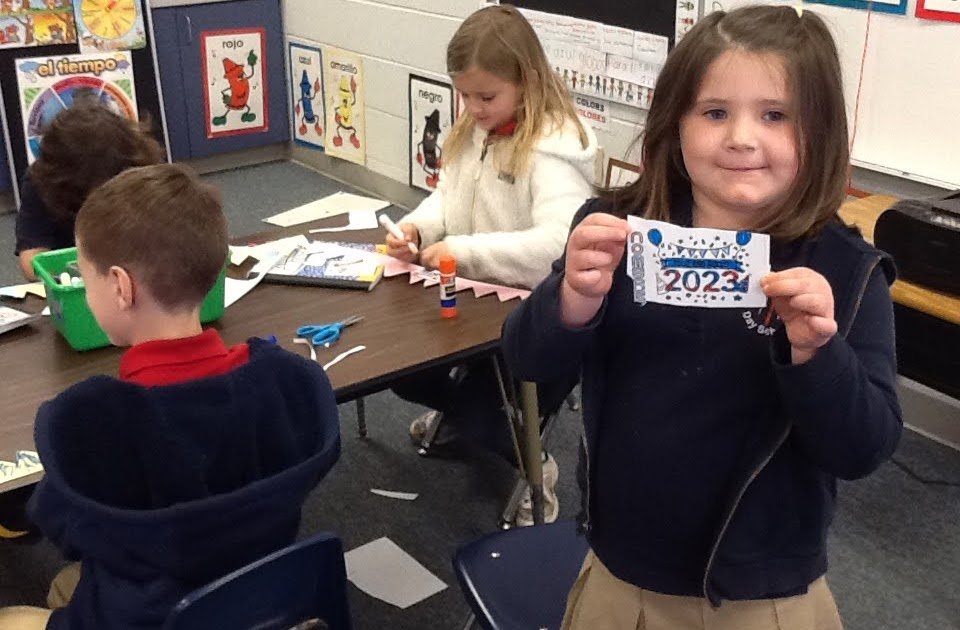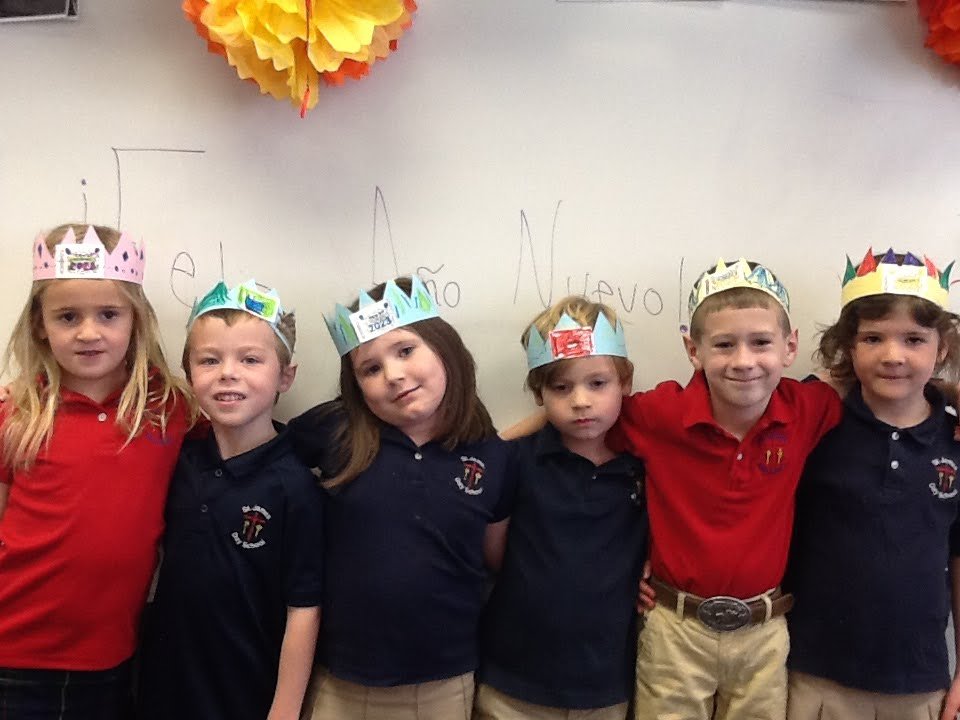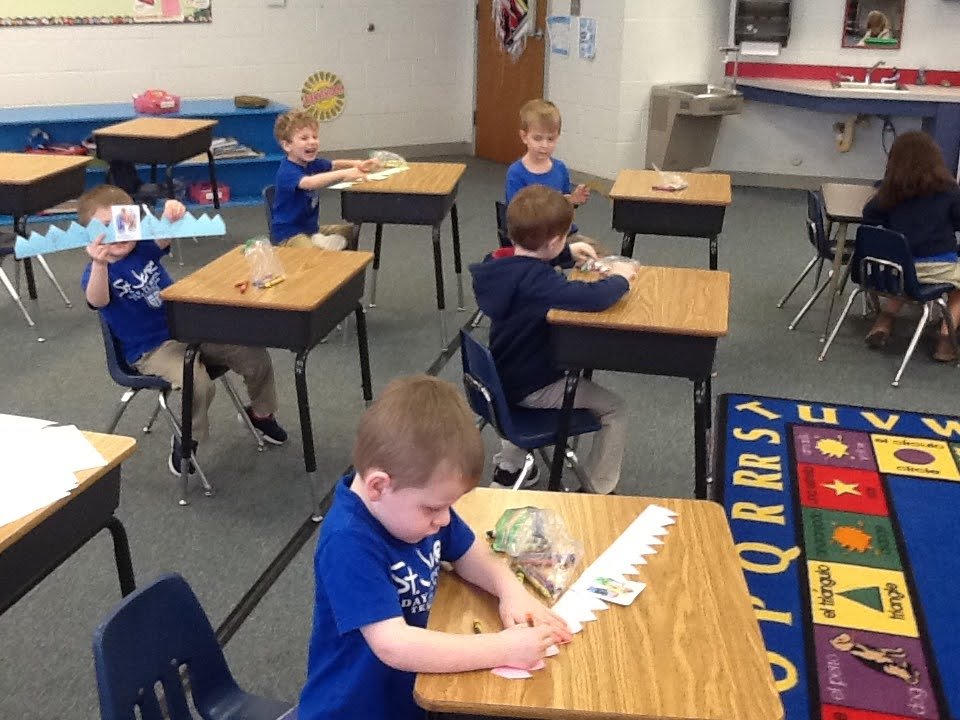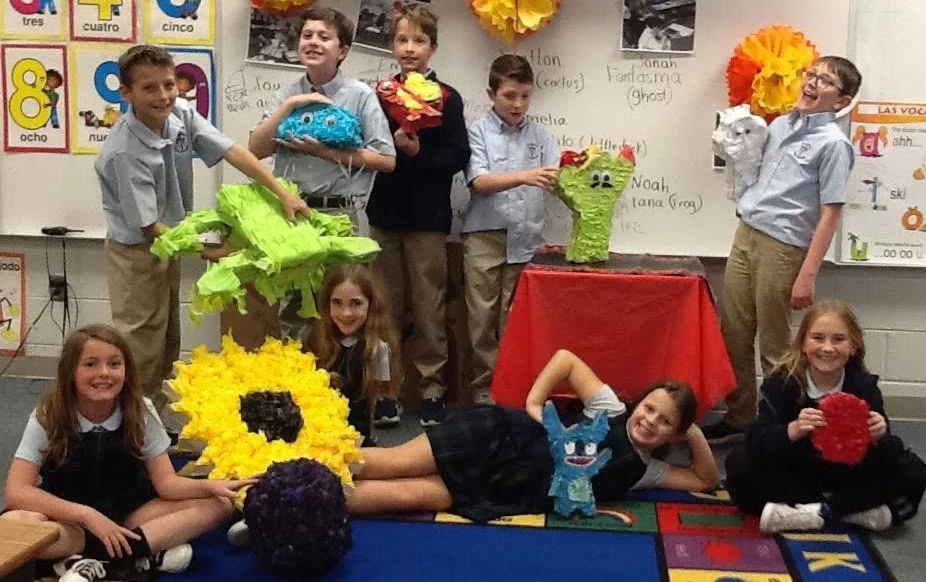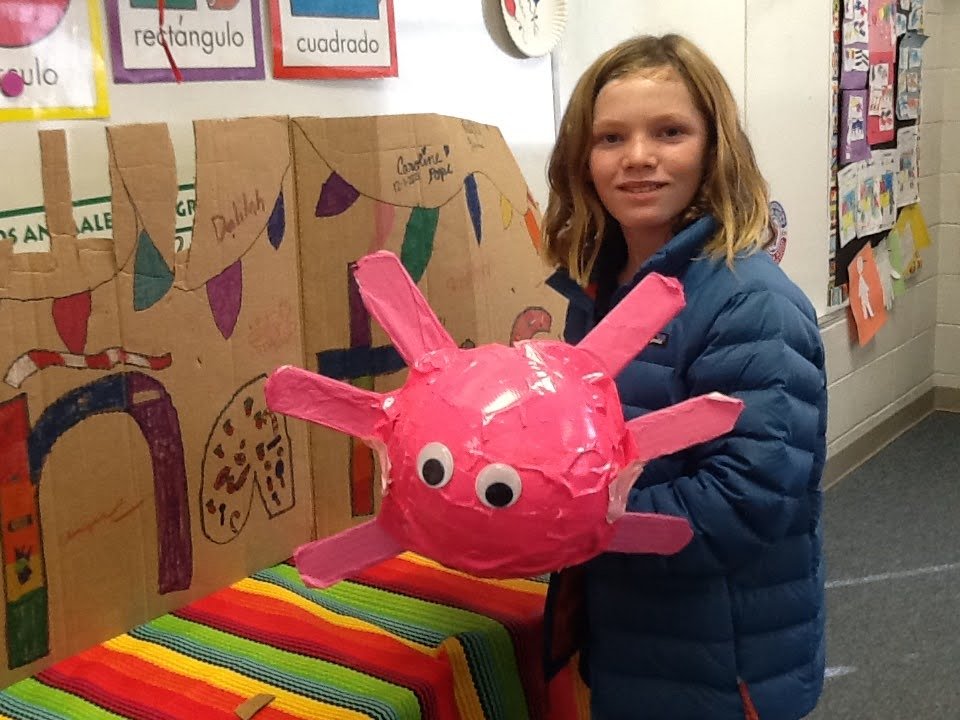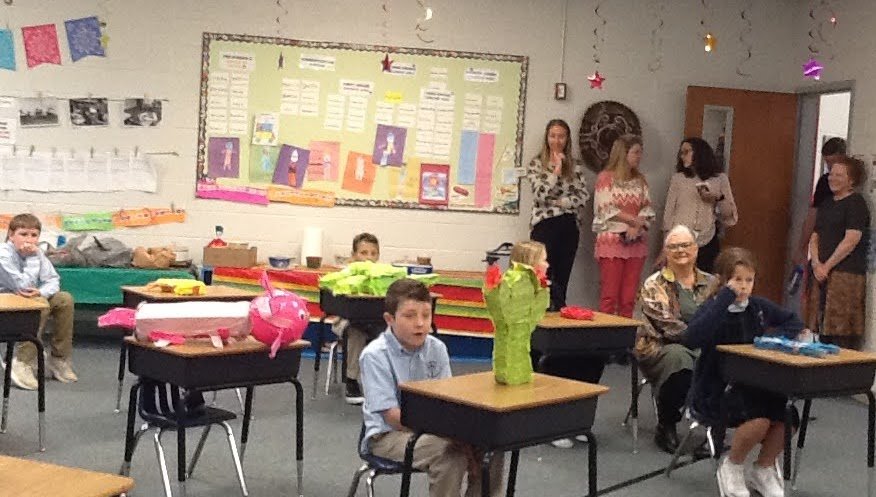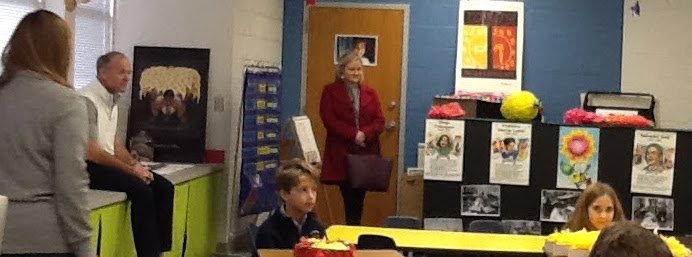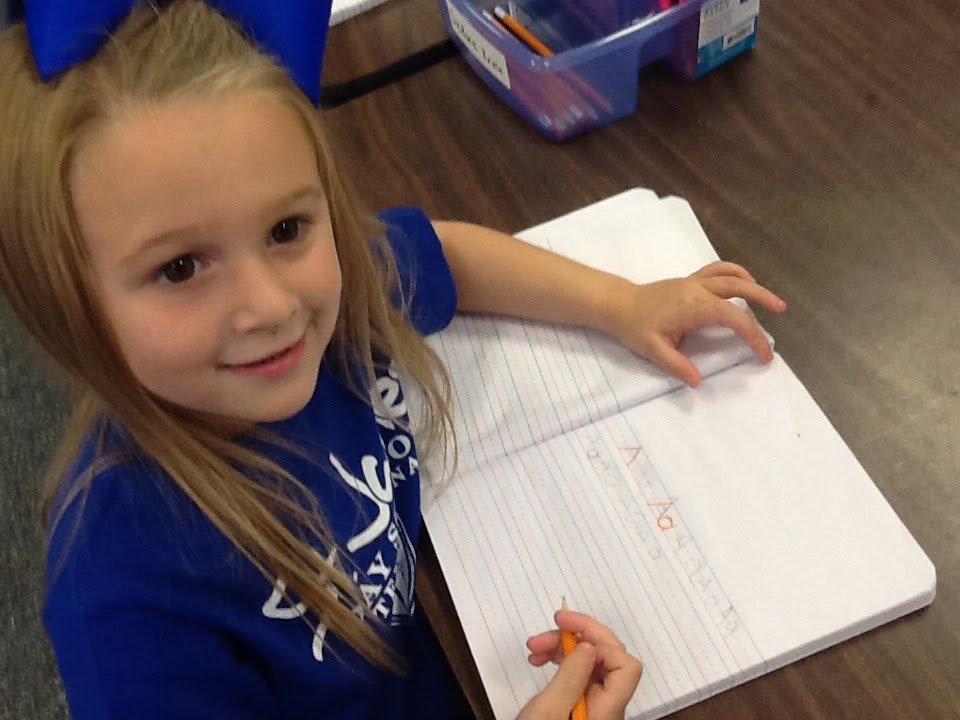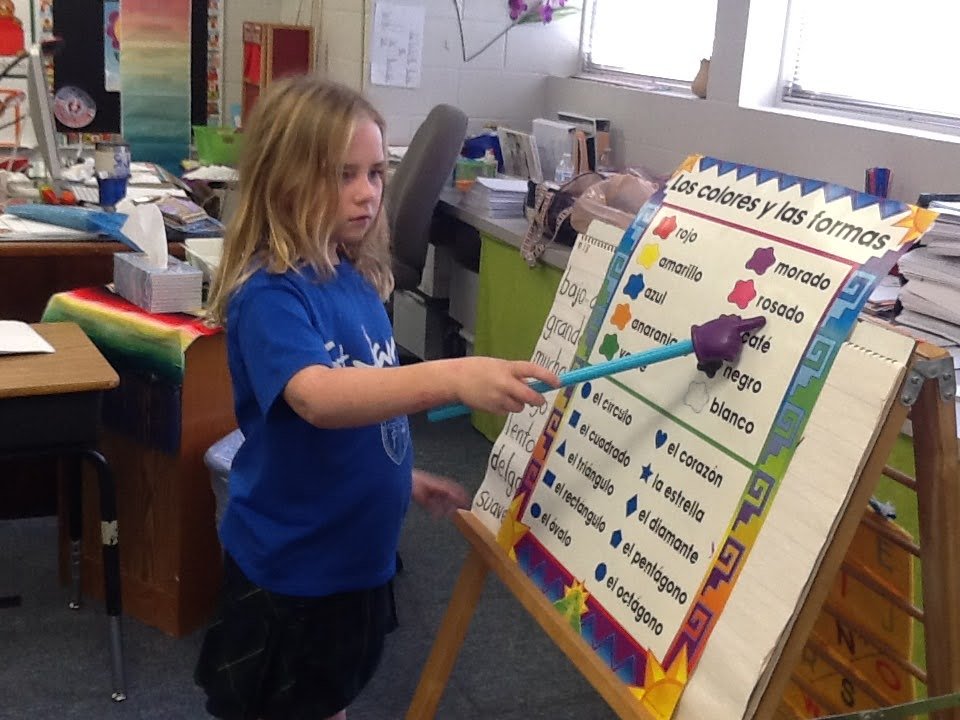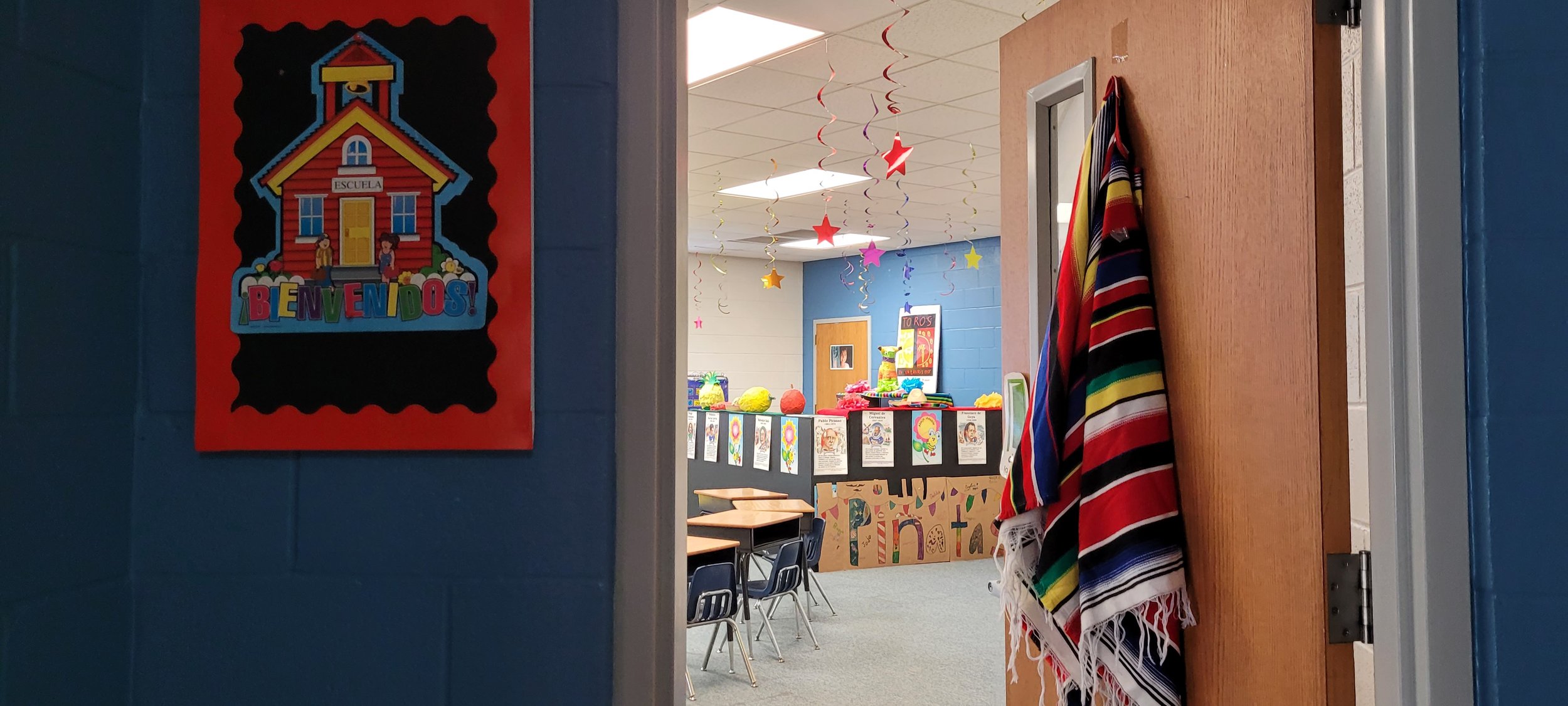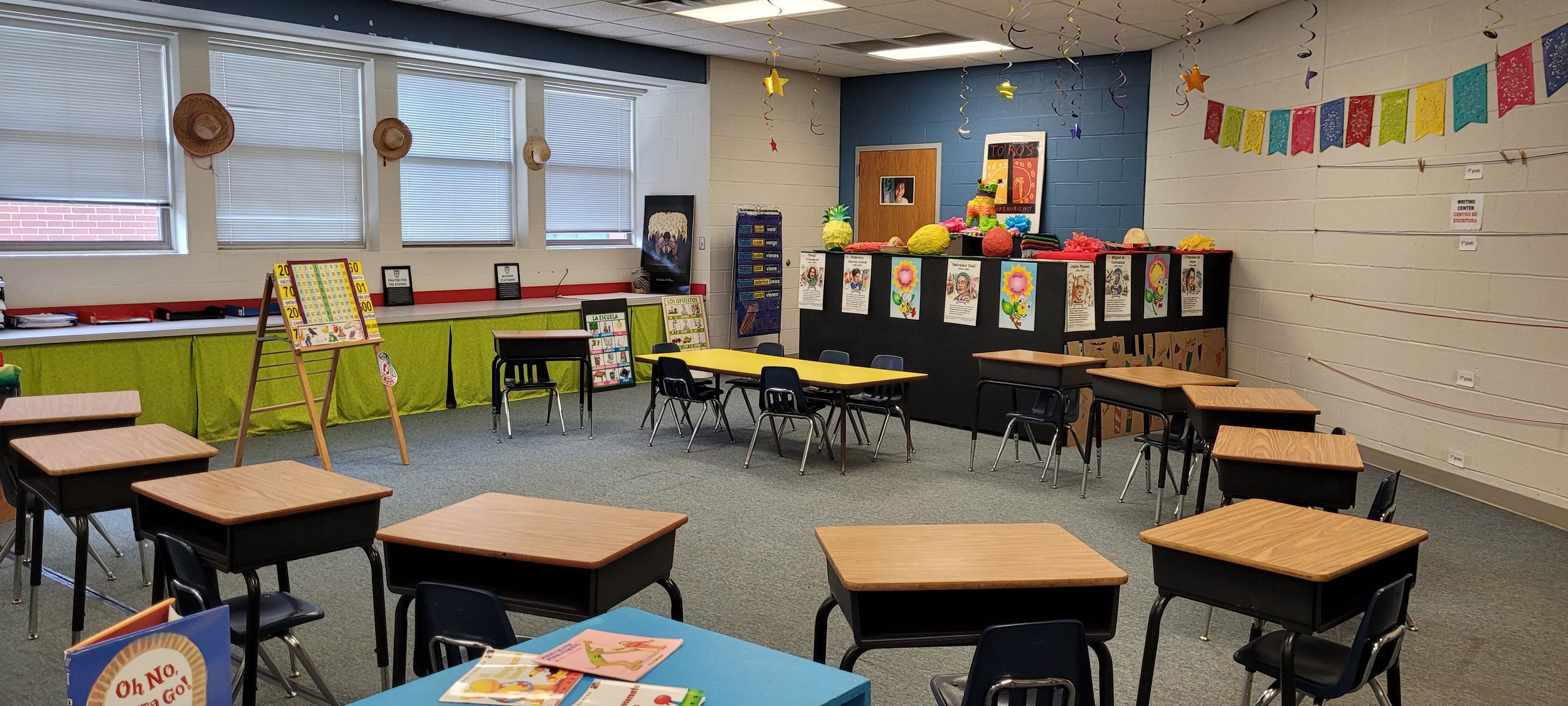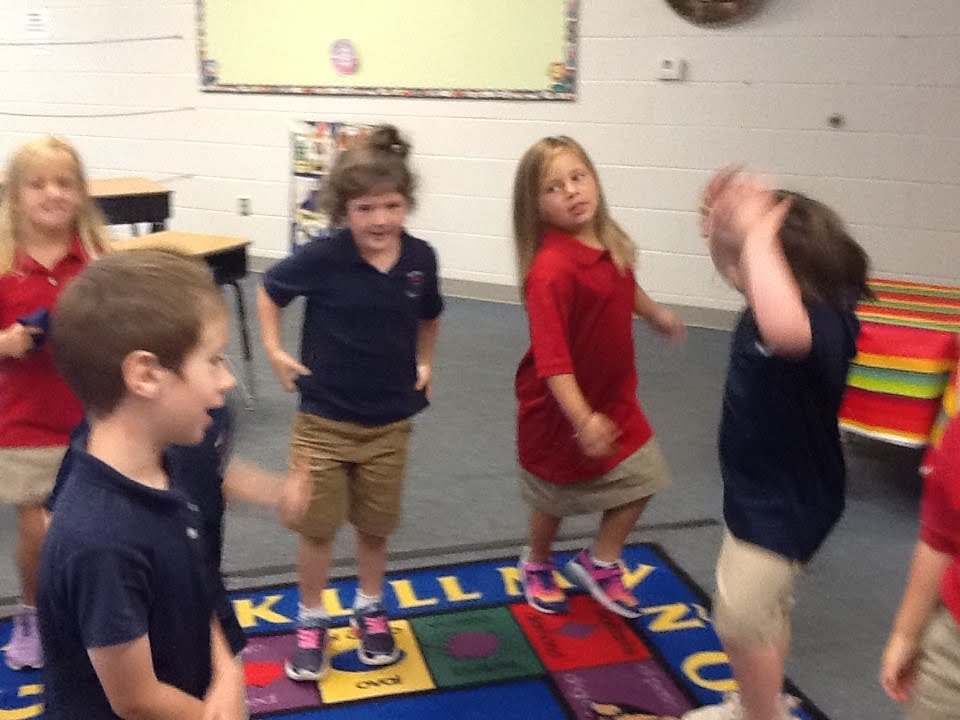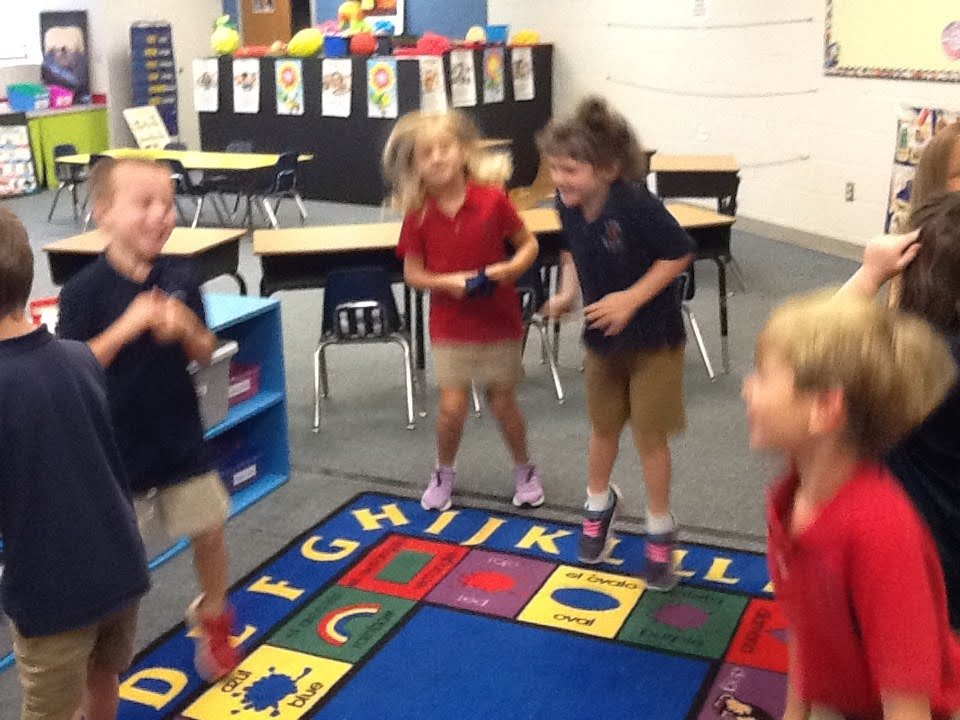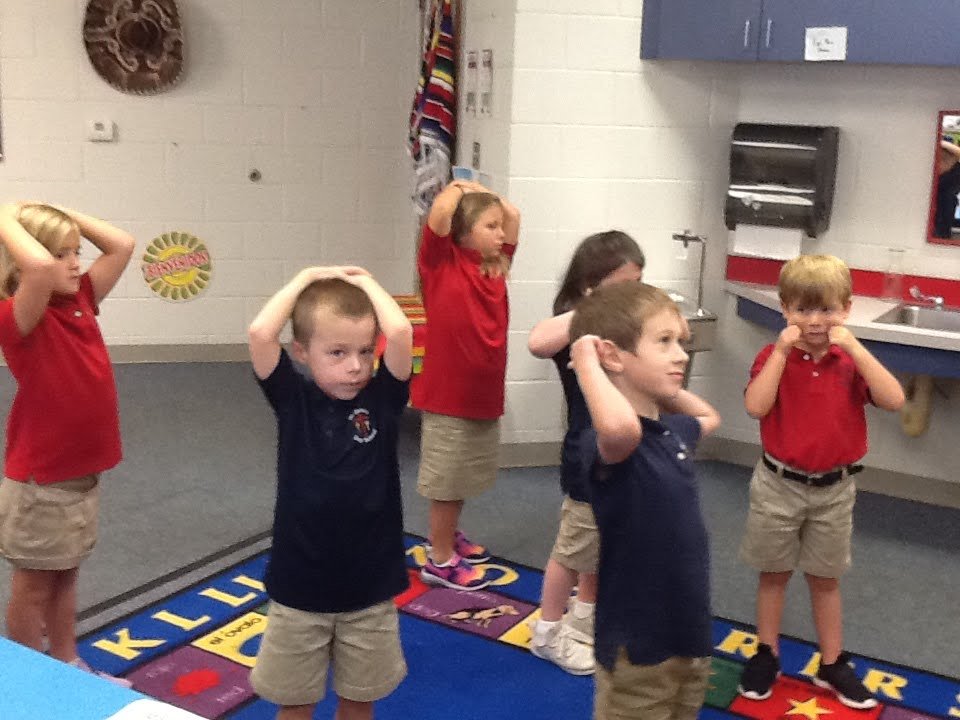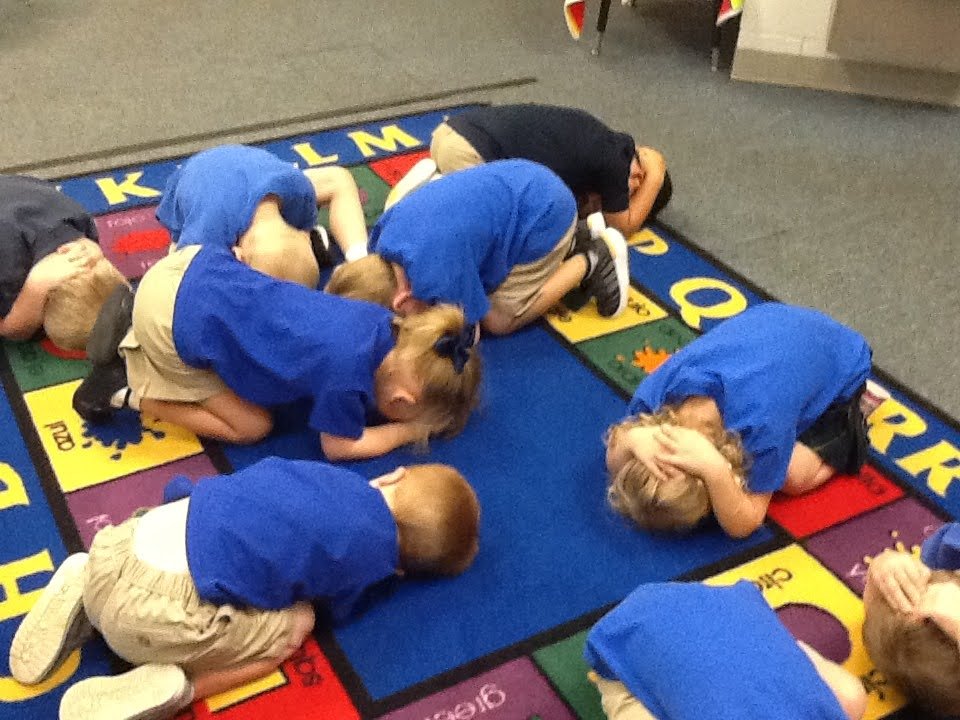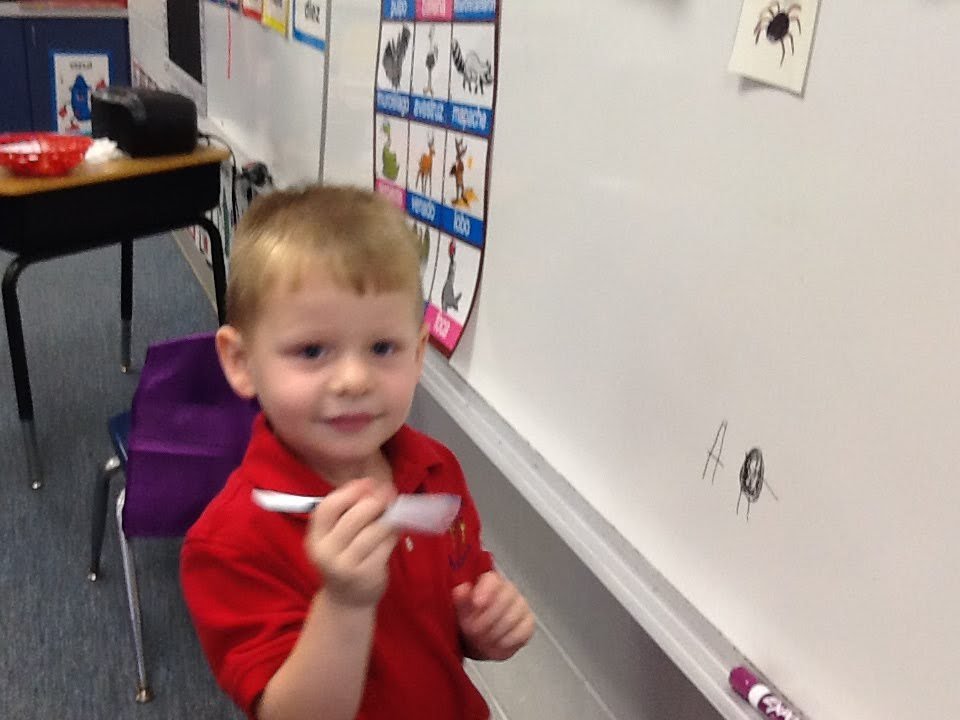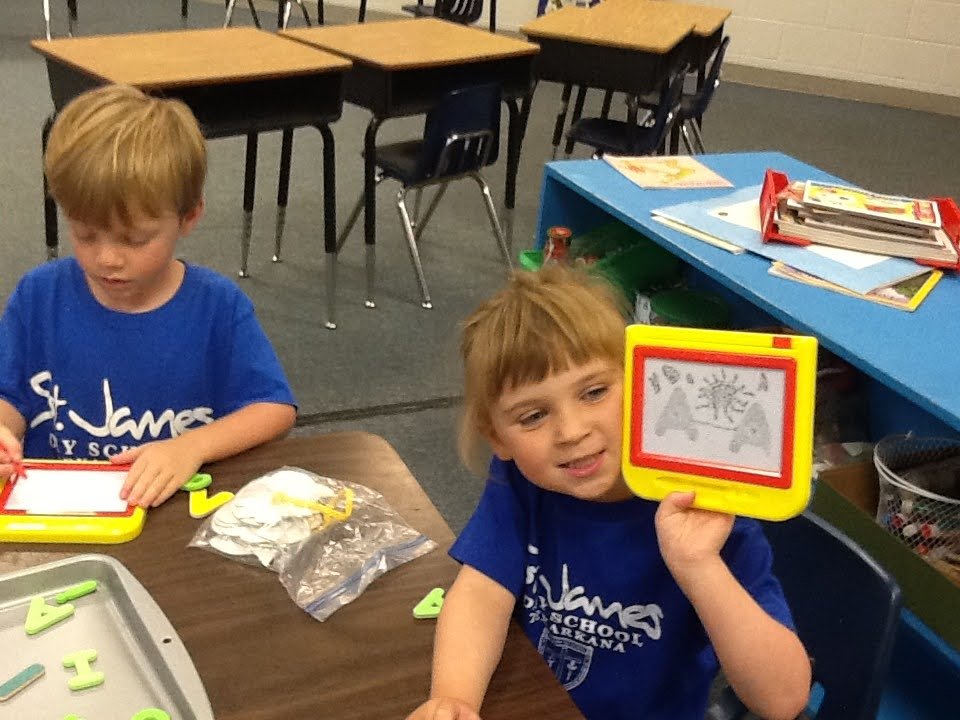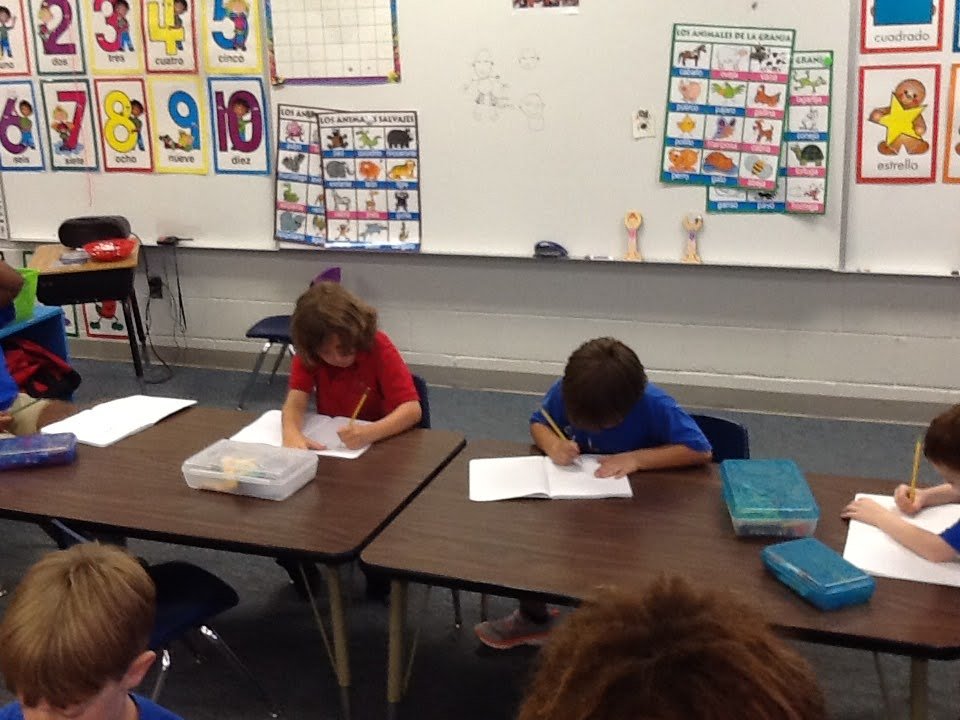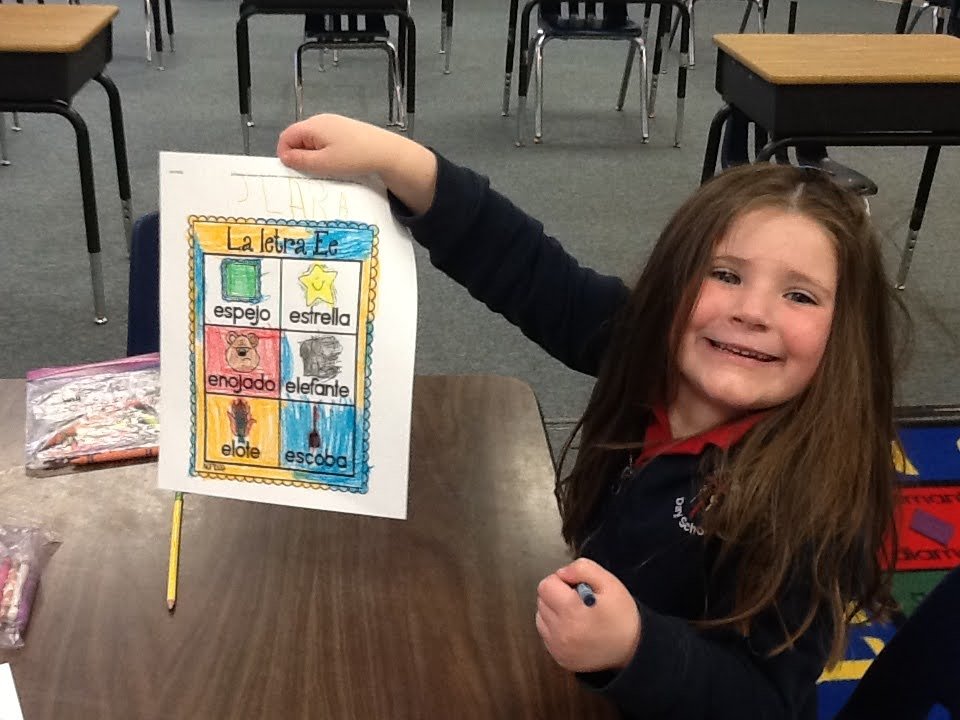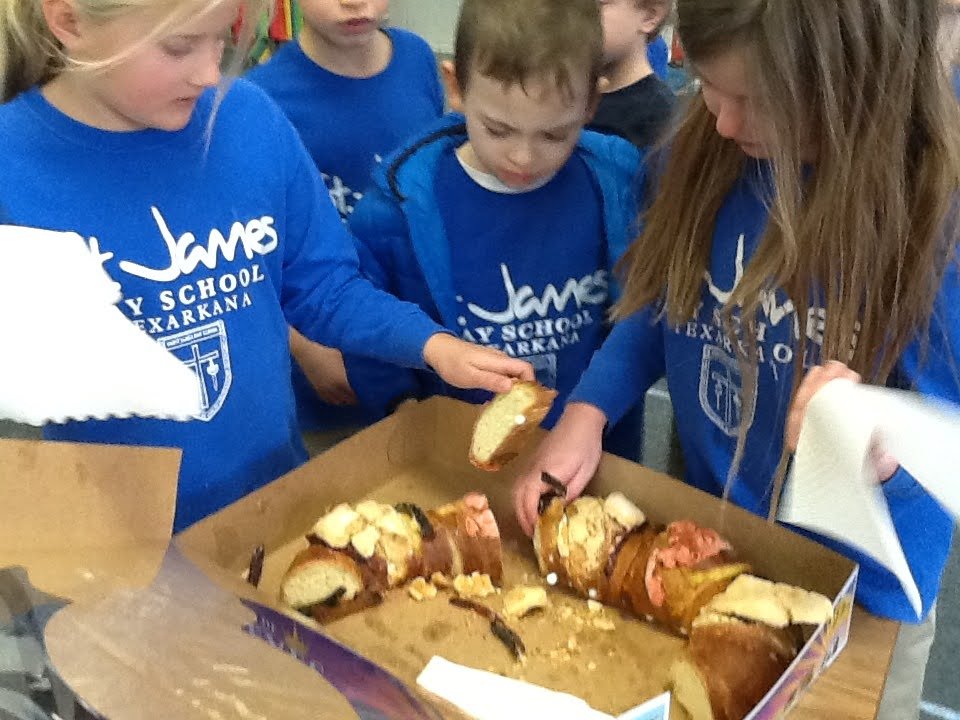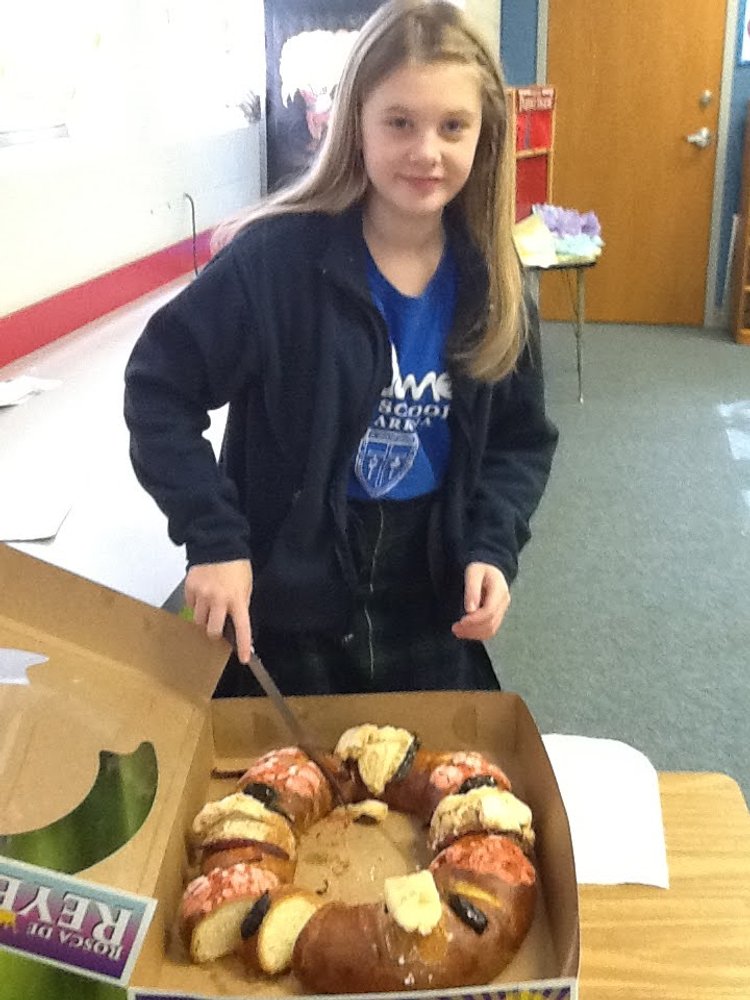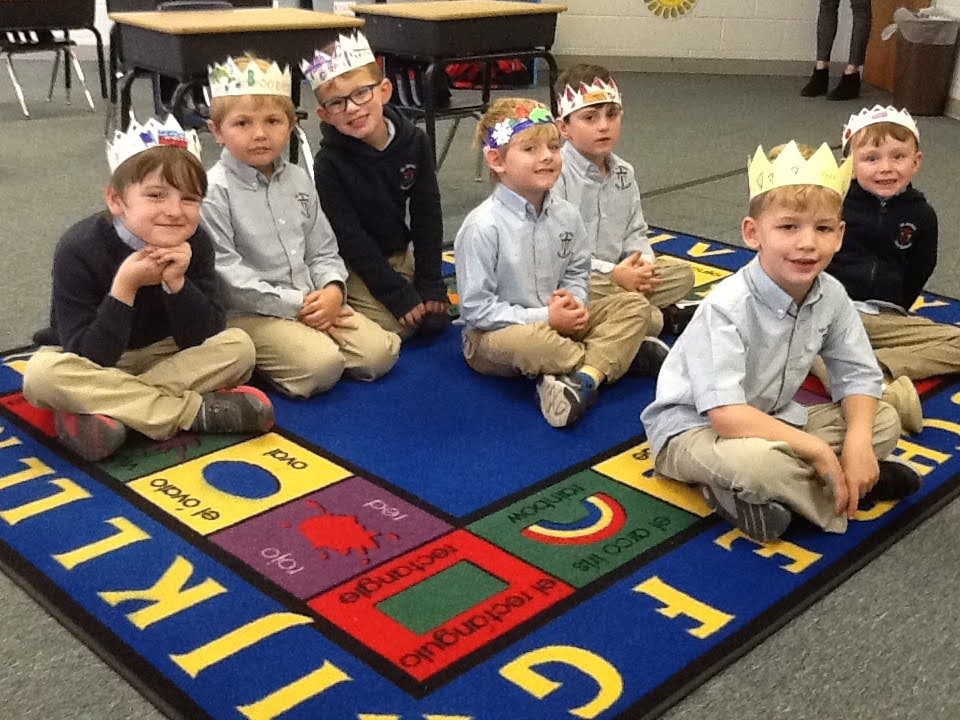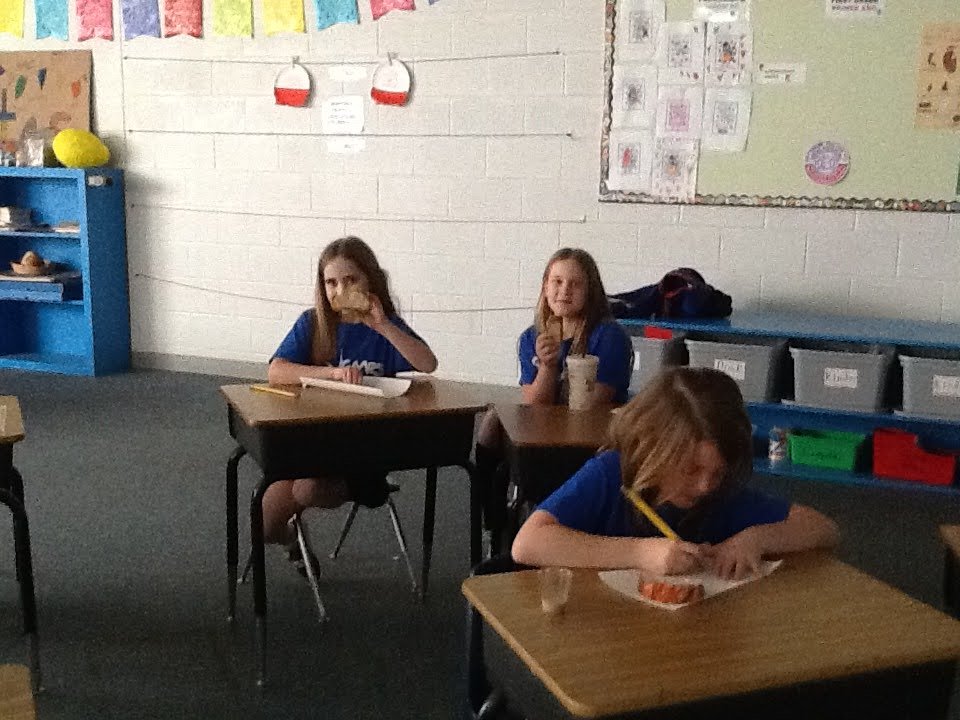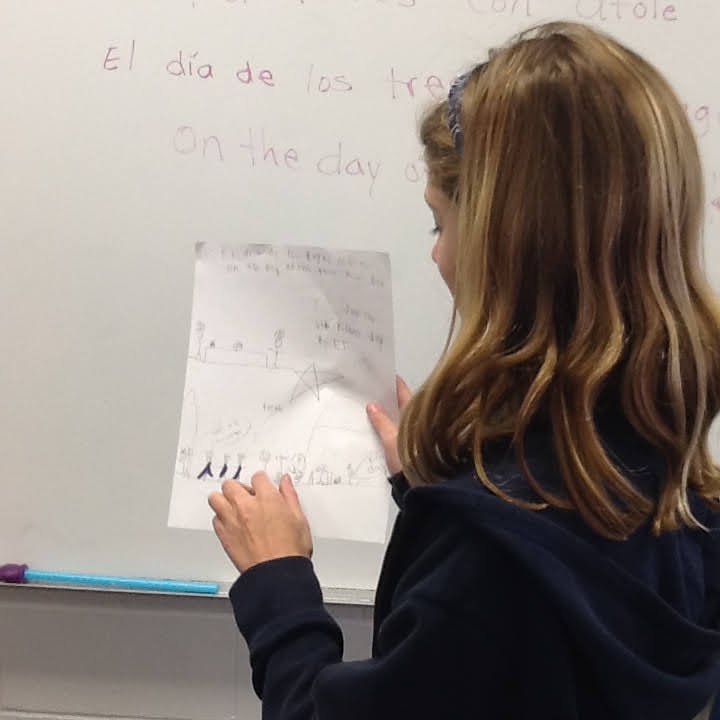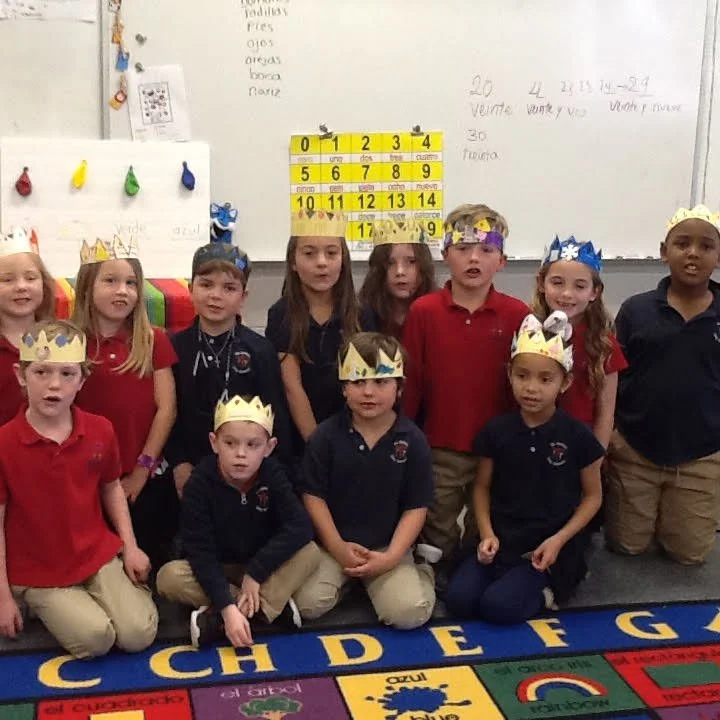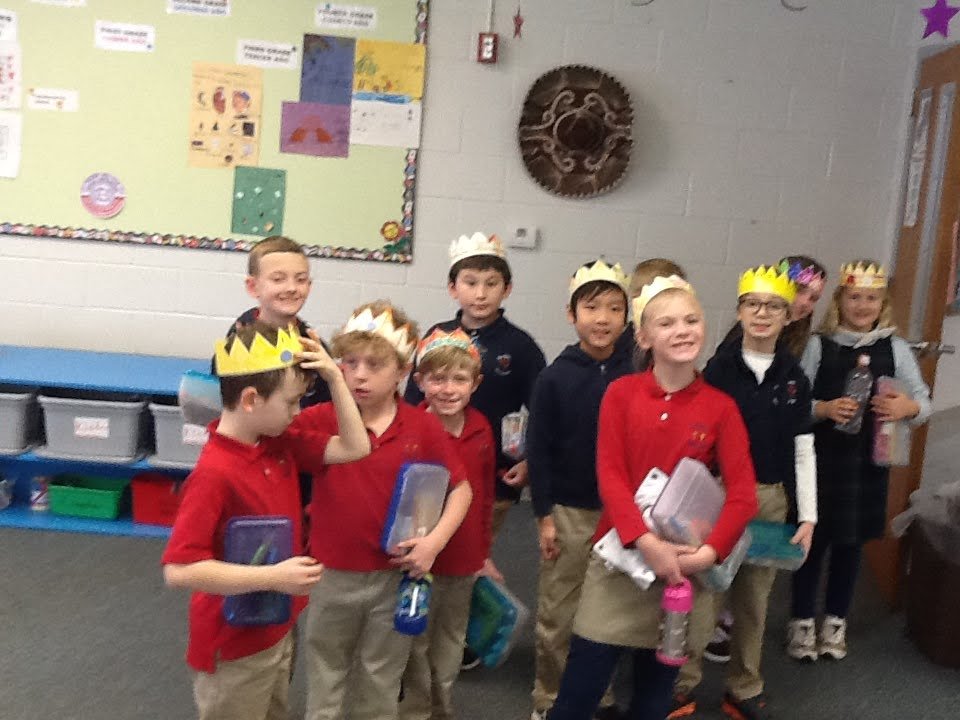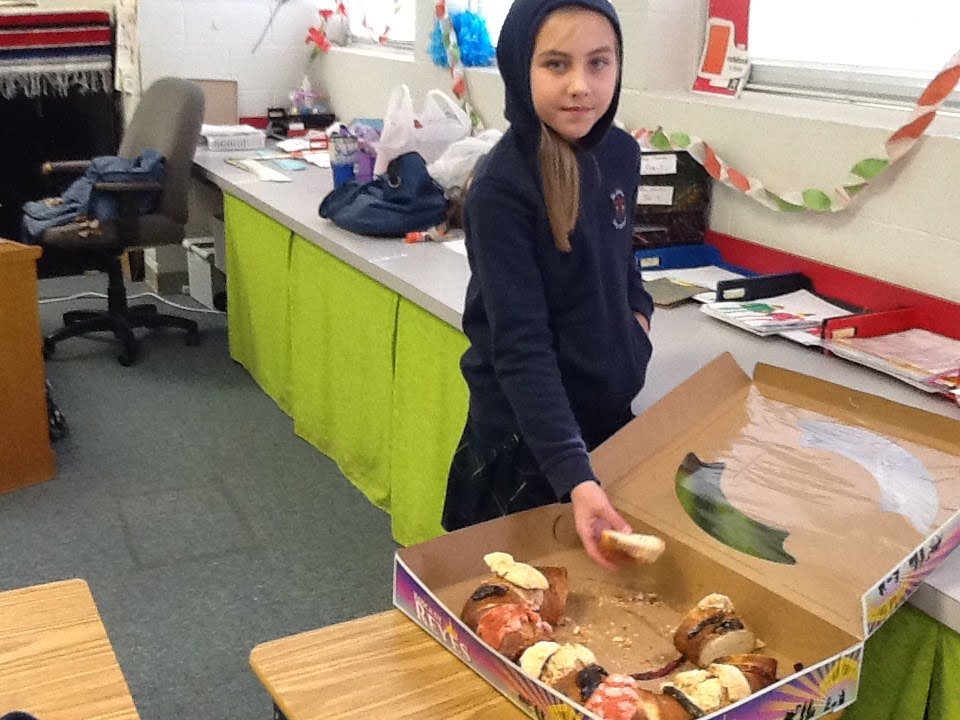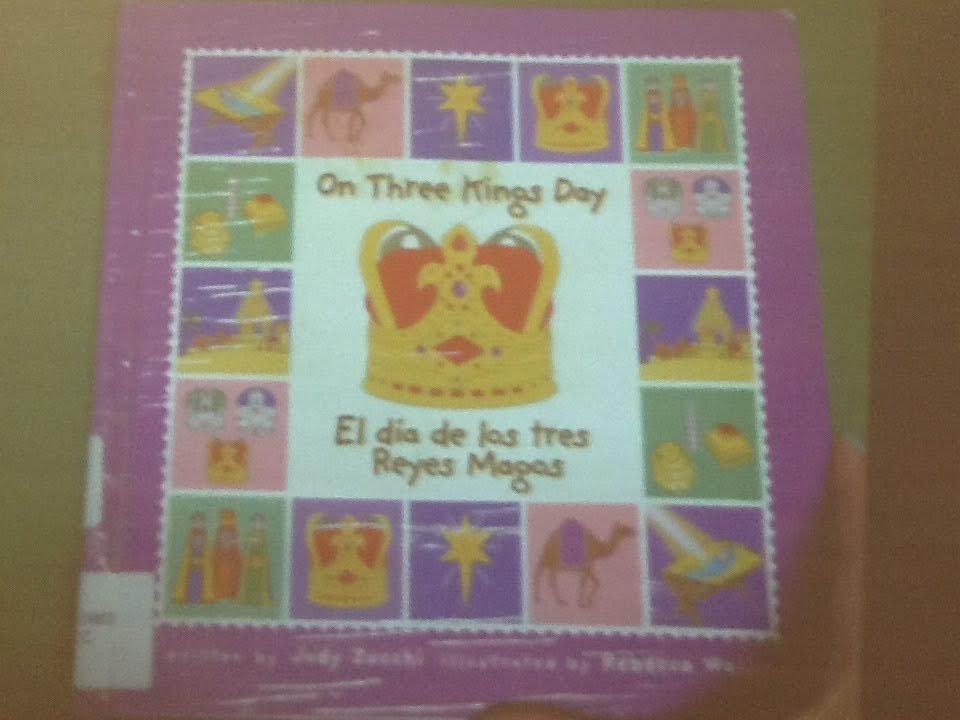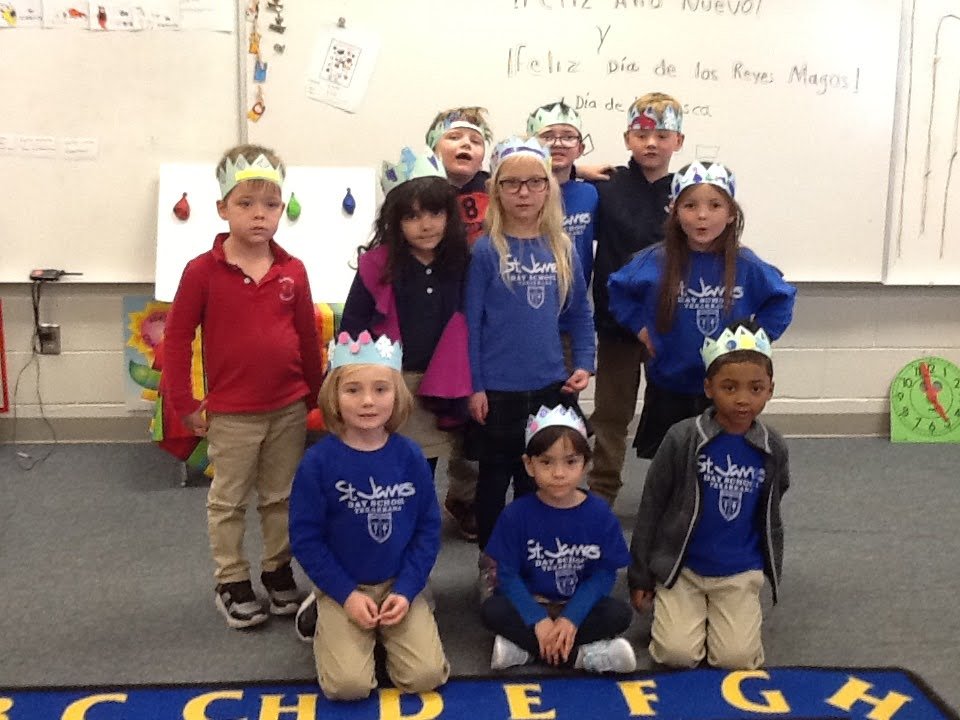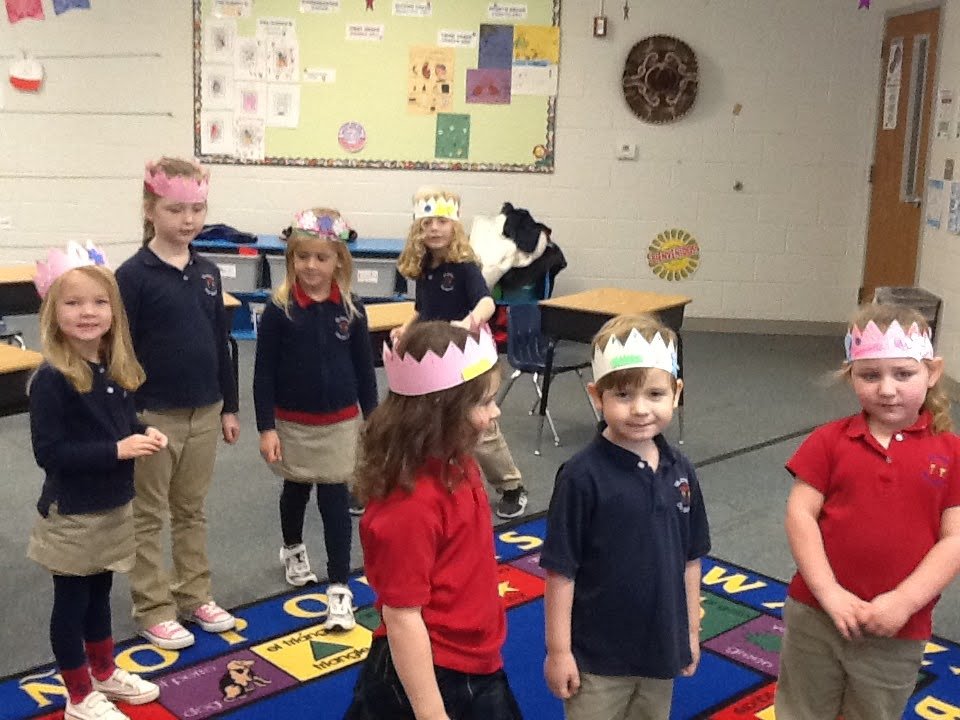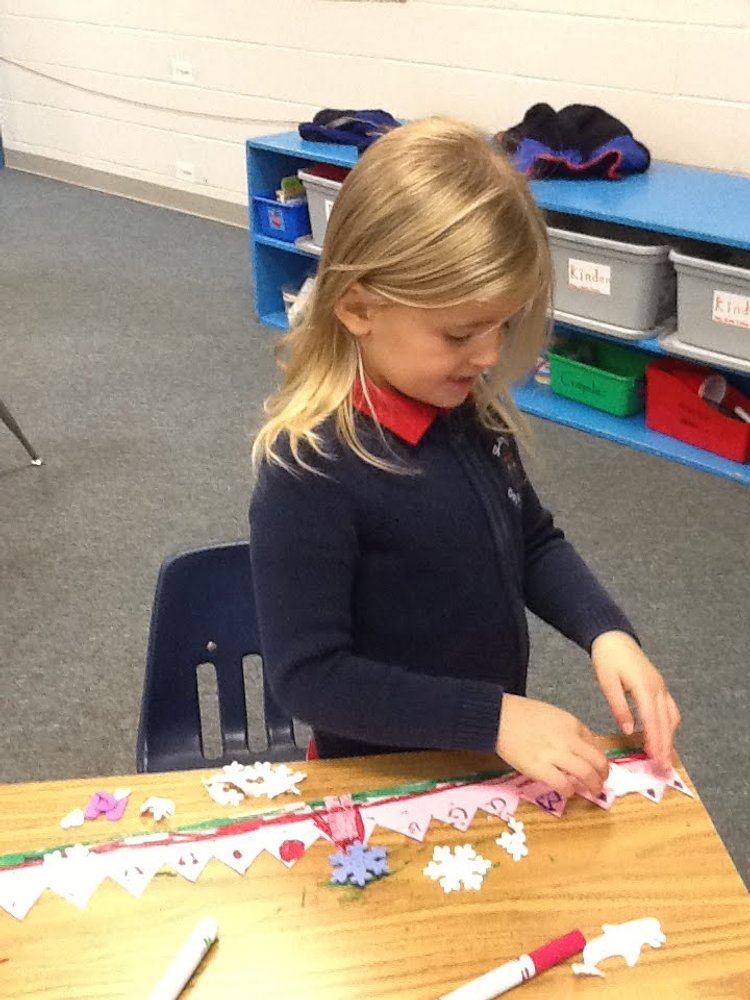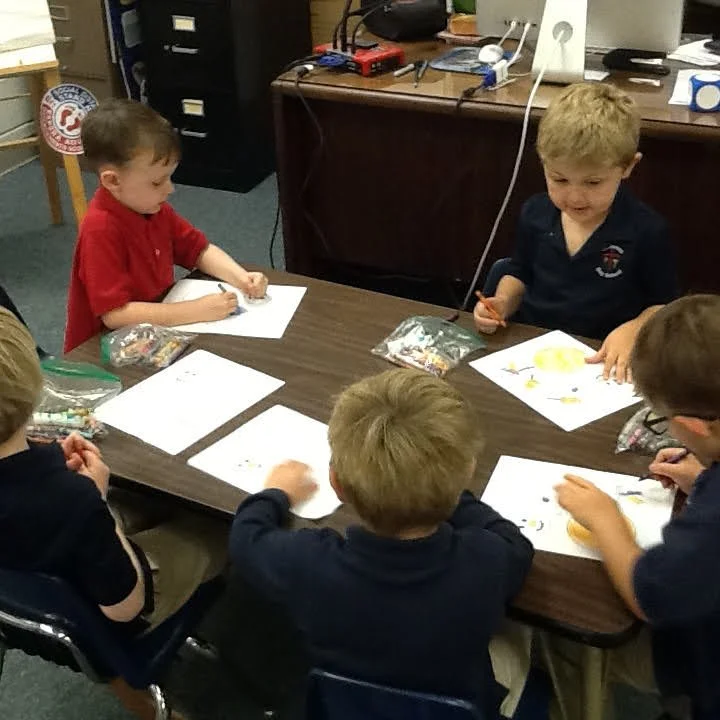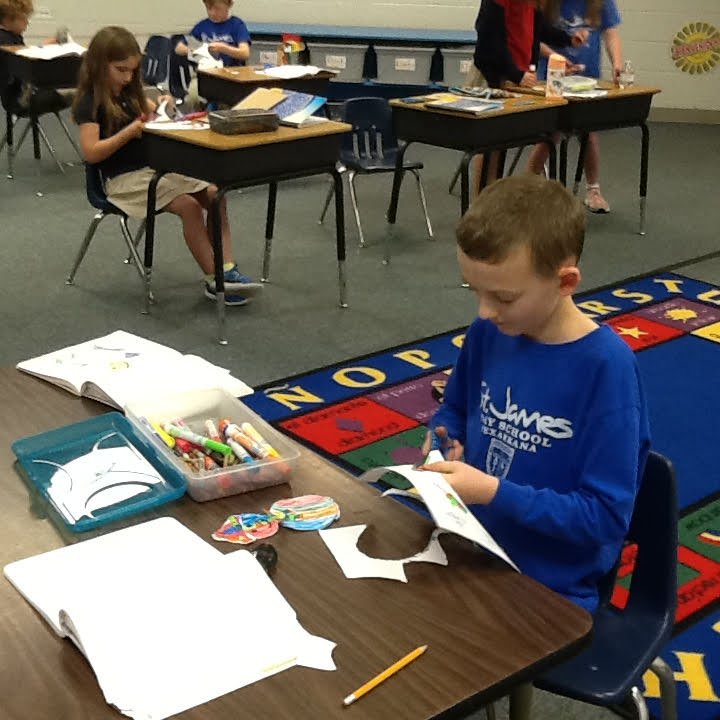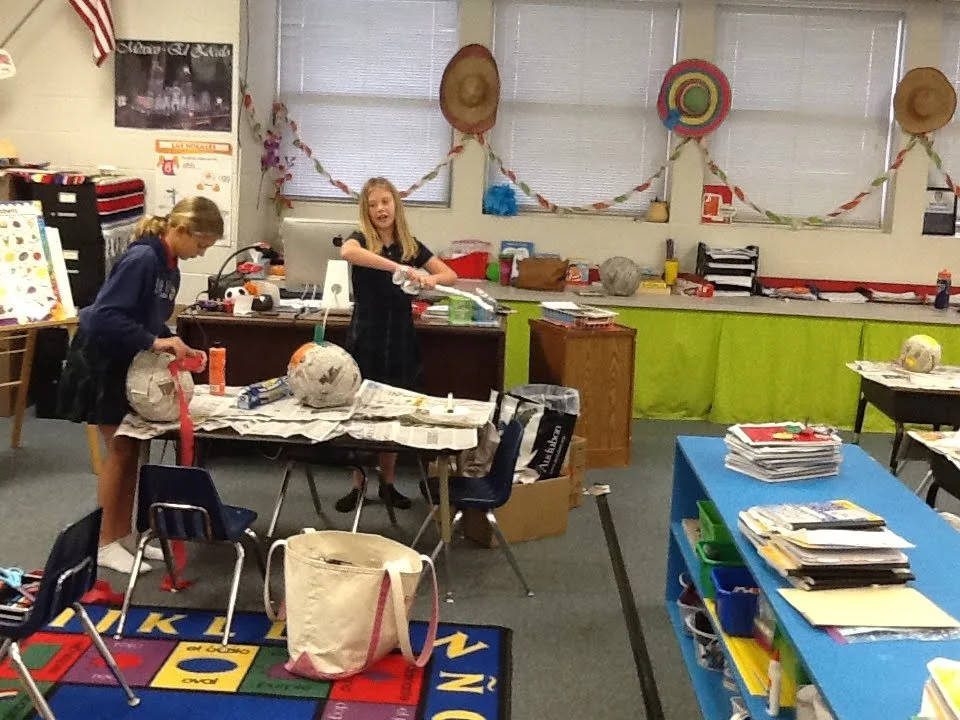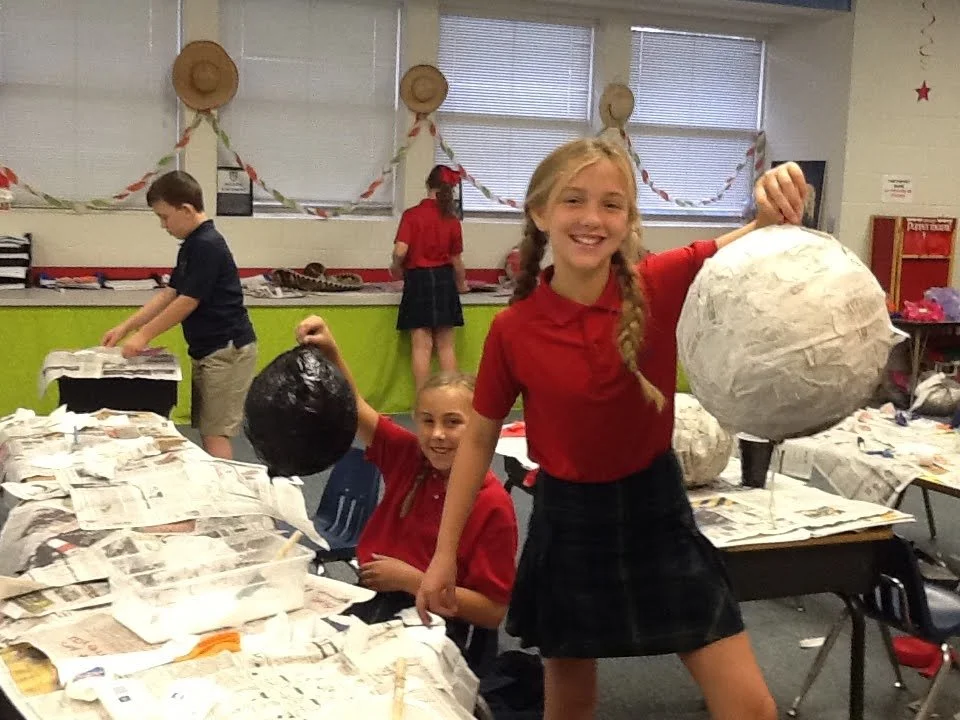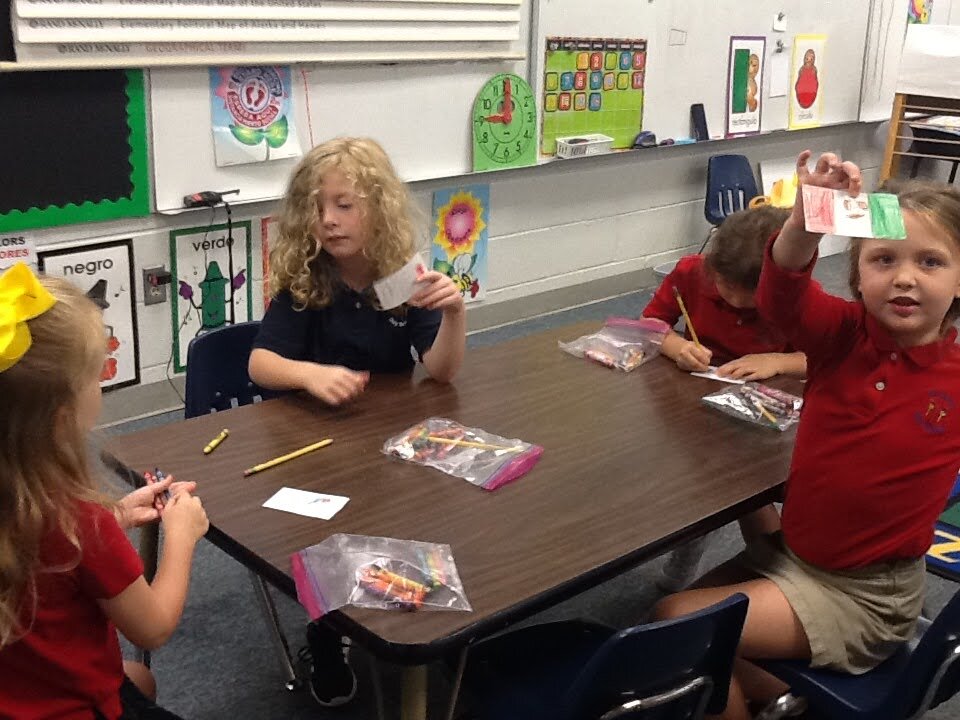The Wise Men Day—---El Dia de los Reyes Magos
Students leaned how many Hispanic kids celebrated the Day of th Wise Men (El Dia Los Reyes Magos). Instead of exchanging presents on Christmas Day, in the Hispanic tradition, presents are exchanged the same day that the Wise Men (Los Reyes Magos) presented gifts to baby Jesus. The Day of the Wise Men is on January 6. St. James students learned that Hispanic children write letters not to Santa Claus but to the Three Wise Men. They then leave the letter inside their shoes. On the morning of January 6, the children wake up early to see what gifts the Wise Men have brought for them. While the children are having fun with ther new toys, the parents are preparing the Kings’ Wreath. The Kings’ Wreath is a wreath of sweet bread, called La Rosca. Usually, everyone also drinks a cup of hot chocolate to go along with a piece of the La Rosca. St. James students learned how to make and decorate the crowns of the Wise Men (coronas de los Reyes Magos). After decorating their crowns, they also had fun wearing them.
